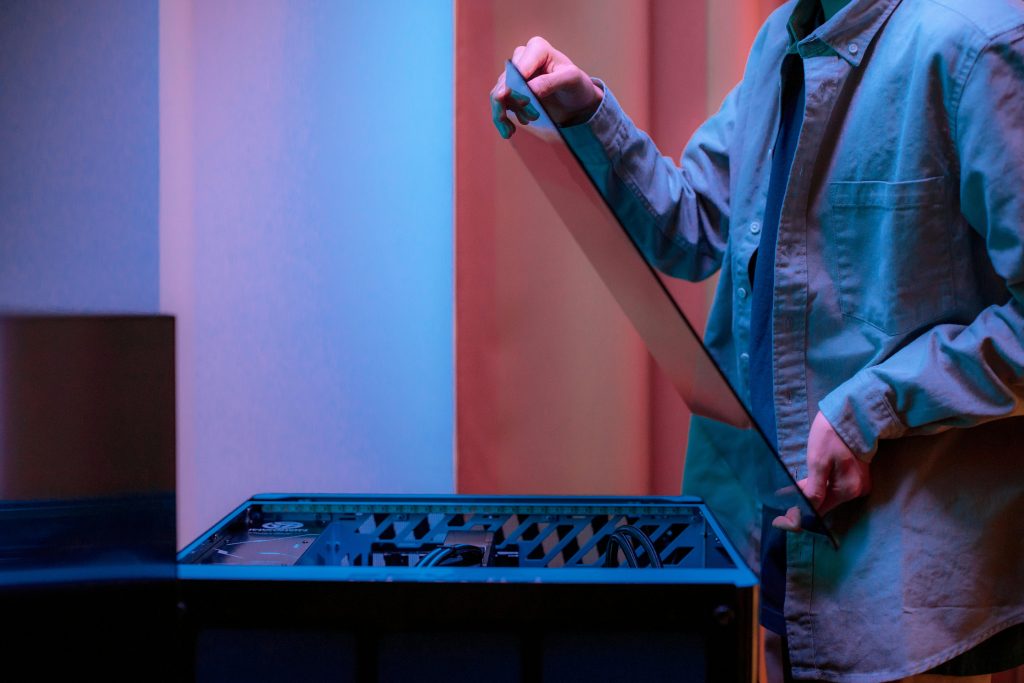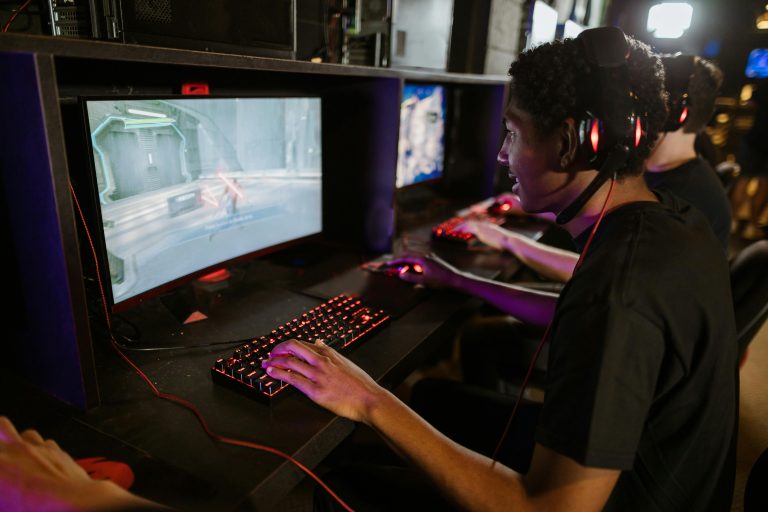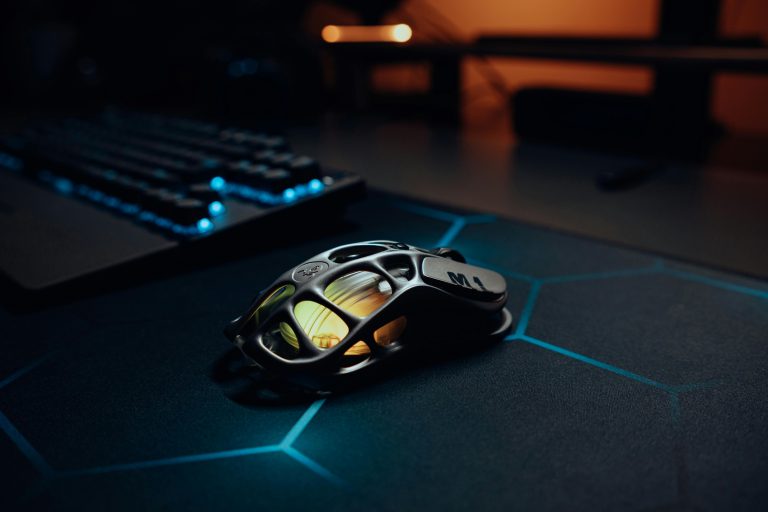
So, you want to join the PC gaming master race, but your wallet is giving you serious side-eye? You’re in the right place. Building a gaming PC on a budget has never been more accessible, and 2025 is shaping up to be an incredible year for value-conscious builders. With previous-generation components dropping in price and new, affordable options hitting the market, you can assemble a rig that crushes 1080p and even handles 1440p gaming without taking out a second mortgage. This ultimate guide will walk you through every single step, from choosing the right parts to pressing the power button for the first time. Forget pre-built markups and confusing jargon—let’s build your dream machine.
Defining Your Budget and Performance Goals
Before you even look at a single component, you need to answer two critical questions: How much can I spend, and what do I want to play? Your budget is the foundation of your entire build. For 2025, we can break down budget tiers into a few key categories.
The $600 – $800 Sweet Spot: This is the ideal range for a true budget build. It will deliver excellent 1080p performance at high settings in most modern titles and is a fantastic starting point for esports enthusiasts who want high frame rates in games like Valorant, Counter-Strike 2, and Fortnite.
The $800 – $1,200 Performance Range: Stepping into this bracket allows for more powerful graphics cards and CPUs, opening the door to smooth 1440p gaming. You’ll be able to enjoy AAA titles with stunning visuals and higher fidelity without breaking a sweat.
Once your budget is set, define your goals. Are you aiming for 60 FPS in story-driven games or 144+ FPS in competitive shooters? Your target resolution and frame rate will directly influence your most important component choices: the CPU and GPU.
Selecting Your Core Components for 2025
This is the heart of your build. Making smart choices here is the difference between a balanced powerhouse and a bottlenecked mess.
CPU (Processor)
For budget builders, AMD’s Ryzen 5 series and Intel’s Core i5 series remain the kings of value. In 2025, look for previous-generation models like the Ryzen 5 7600 or Intel Core i5-13400F, which will see significant price cuts. These chips offer more than enough cores and clock speed for gaming and won’t hold back a mid-range GPU.
GPU (Graphics Card)
This is your most important purchase—it does the heavy lifting for gaming. The used market is a treasure trove for last-gen cards like the AMD Radeon RX 6700 XT or NVIDIA GeForce RTX 3060 Ti. For new cards, keep an eye on AMD’s RX 7000 series and NVIDIA’s RTX 40 series entry-level models, as their prices will become more attractive. Aim to allocate the largest portion of your budget here.
RAM (Memory)
16GB of DDR5 RAM is the new standard for 2025. Opt for a kit with a speed of at least 5200MHz. It’s a small price to pay for ensuring smooth gameplay and future-proofing your system. 32GB is becoming more common but is still optional for a strict budget build focused purely on gaming.
Storage (SSD)
Never, ever buy a mechanical hard drive for your primary drive. A 1TB NVMe SSD is the only choice. They are incredibly affordable, lightning-fast, and will make your entire system feel snappy. Brands like Crucial, Western Digital, and Samsung offer reliable options. You can always add more storage later.
Motherboard, PSU, and Case
Motherboard: You don’t need a fancy one. Choose a B-series chipset board (B650 for AMD, B760 for Intel) that has the ports you need. Check that it supports your CPU out of the box.
Power Supply (PSU): Don’t cheap out here! A faulty PSU can kill your entire system. Stick to reputable brands like Corsair, Seasonic, or EVGA. A 650W 80+ Bronze rated unit is perfect for most budget builds and provides headroom for future upgrades.
Case: Find a case you like the look of that has good airflow (i.e., a mesh front panel). It doesn’t need to be expensive, but good cable management and included fans are a huge plus.
The Step-by-Step Assembly Process
Now for the fun part! Find a clean, well-lit, non-static workspace (a wooden table is perfect). You’ll need a Phillips head screwdriver and maybe some zip ties for cable management.
- Prepare the Case: Remove both side panels. Install the power supply first, routing its cables roughly to where they need to go. Install any case fans that came pre-installed or that you purchased.
- Install the CPU & RAM on the Motherboard: Do this before the motherboard goes in the case—it’s much easier. Open the CPU socket lever, align the golden triangle on the CPU with the socket, place it gently, and close the lever. For RAM, push the slots’ clips down and press firmly on the sticks until they click into place.
- Mount the Motherboard: Place the I/O shield into the rectangular cutout at the back of your case. Screw in the standoffs that came with your case (they raise the motherboard off the metal). Lower the motherboard onto the standoffs and screw it in securely.
- Install the SSD and GPU: Your M.2 SSD slots into a small port on the motherboard, secured with a tiny screw. For the GPU, remove the corresponding PCIe slot covers from the back of your case, push the card into the top x16 slot until it clicks, and then screw it into the case.
- Connect All Cables: This is the trickiest part. Connect the large 24-pin power cable to the motherboard and the 8-pin CPU power cable to the top left. Power your SSD and GPU with the appropriate cables from your PSU. Finally, connect the front panel cables (power switch, USB, audio) from your case to the motherboard—consult your motherboard manual for this.
Booting Up and Installing Software
Take a deep breath. Connect your monitor, keyboard, and mouse. Double-check all connections, especially the power cables to the motherboard and GPU. Now, press the power button!
If all goes well, you’ll need to install your operating system. You’ll need a USB drive with Windows 11 or a Linux distribution created on another computer. Boot from the USB drive, follow the on-screen instructions, and you’ll be at your desktop in no time.
Your first tasks are to install your motherboard’s drivers (from the manufacturer’s website) and your GPU drivers (directly from AMD or NVIDIA). After that, download a game, crank up the



